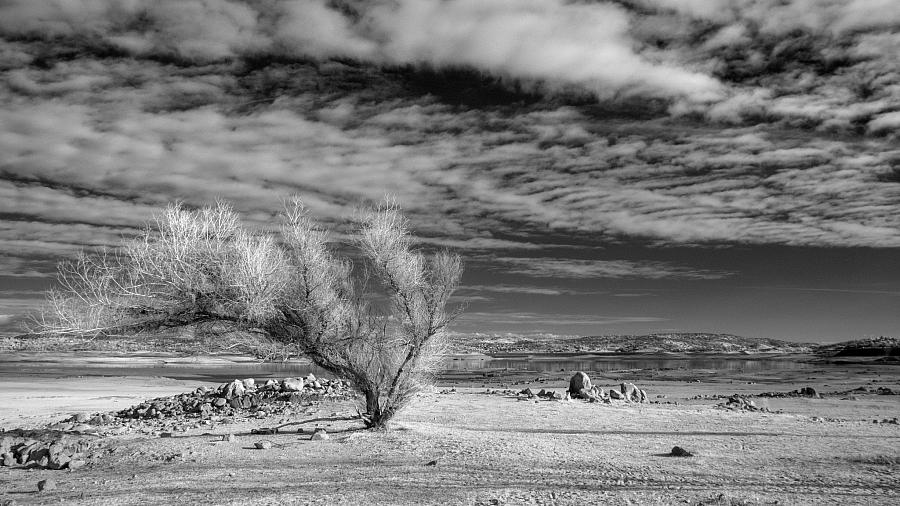Amid deluge of California drought coverage, health focus offers reporter a fresh angle

As wells quietly go dry in rural drought-stricken communities, a public health crisis is gaining momentum.
This was my big news of the summer.
But I knew none of that when I received the California Endowment Health Journalism Fellowship and committed to write a series comparing the health of central San Joaquin Valley Latinos living in urban communities to those in rural towns.
At the time I applied for the fellowship, I had been in Fresno for less than six months and had much to learn about the Valley’s issues. I admit I wasn’t in love with my fellowship idea.
I cover immigrant and ethnic communities, which are disproportionately affected by environmental issues. Just before I left for the fellowship training, I scheduled plans to chat upon my return with The Fresno Bee’s then-environmental reporter about collaborating on a project covering the drought. I had a good feeling about it.
Our talk gave me a lightbulb moment. I worried it would be too difficult to pull off two big projects during the summer, but I knew the drought was a timely topic. So I thought, What if I combined the ideas?
The hunch paid off.
Little had been written about the drought’s health consequences when I started researching my new fellowship topic. I came across stories that mentioned the fear of health-related consequences in perhaps one or two lines, maybe a quote. No news stories I read were about the health effects themselves.
I decided to focus on East Porterville, one of the most written about communities because nearly half the 7,500 people in the unincorporated town have wells that have run dry — some have been dry for almost two years. I figured some of the drought’s health impacts would take a while to materialize, so focusing on one of the earliest communities to go dry would get me the best stories.
I divided my topic into three stories: The drought’s effects on physical health, a profile of an impacted family, and the drought’s effects on mental health. The results were depressing but captivating, and prompted other local, national and international media to follow up.
My biggest lesson from this project was to trust my gut. I was nervous about starting over on the project, but I knew the drought health story couldn’t wait.
Once I started reporting, it proved difficult to find real data on how this drought has affected health. The California Department of Public Health only recently started an effort to survey people about the link between drought and health. Other analyses come from previous droughts or those in other countries, such as Australia and India.
Columbia University researcher Elisaveta Petkova lamented to me about how slow the research process is. “I wish the scientific community had more capacity to do faster studies,” she said. “Funding comes first.”
It pays to build relationships with researchers like Petkova. She confirmed my reporting and our talk led to other story ideas I plan to follow up on. Although research is slow, researchers can share initial findings that reporters can back up, like I did, through other avenues.
An American Lung Association analysis released in April did reveal the drought is making the Valley’s already unhealthy air worse. Local doctors had plenty of anecdotes — coughs that last two months, a rise in urinary infections. And the Porterville hospital provided data that show the number of patients visiting the emergency room whose primary complaint was breathing issues has increased by more than 25 percent since 2010.
For prolonged disasters that captivate the nation, reporters are constantly looking for the next big story. But most stories I read about the drought were like carbon copies of each other: Reporter heads to drought-stricken town. Rural residents complain about bucket showering or washing dishes. Urban residents complain about brown lawns. Farmers complain about fallowed land. The drought is seen as an inconvenience.
This project reminded me of my role as a journalist. My stories attracted attention from local politicians and organizations, dozens of calls from concerned citizens and hundreds of dollars in donations to the people I wrote about. Juana Garcia, a woman I’d featured who hadn’t had running water since March, received a county-supplied water tank a couple weeks ago.
The drought won’t go away soon, but smart reporting can move the focus to where it matters.
Read Andrea Castillo's fellowship stories here.
[Photo by Robert Couse-Baker via Flickr.]

